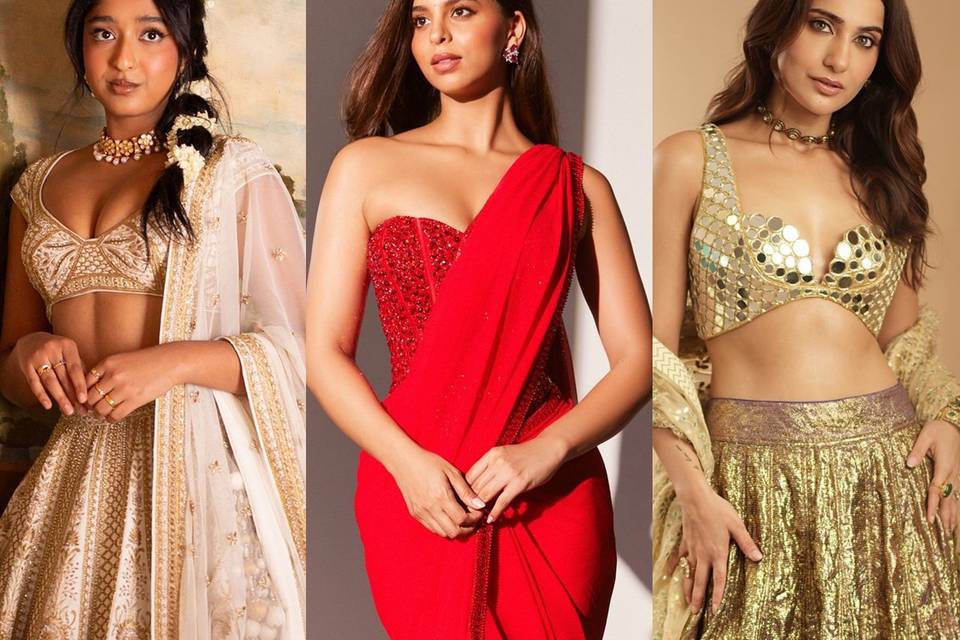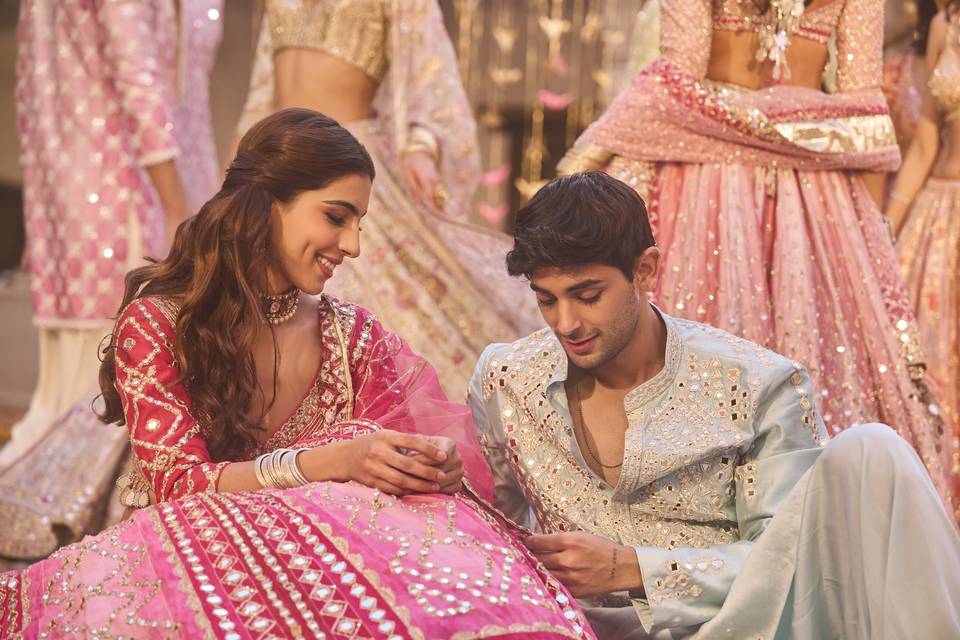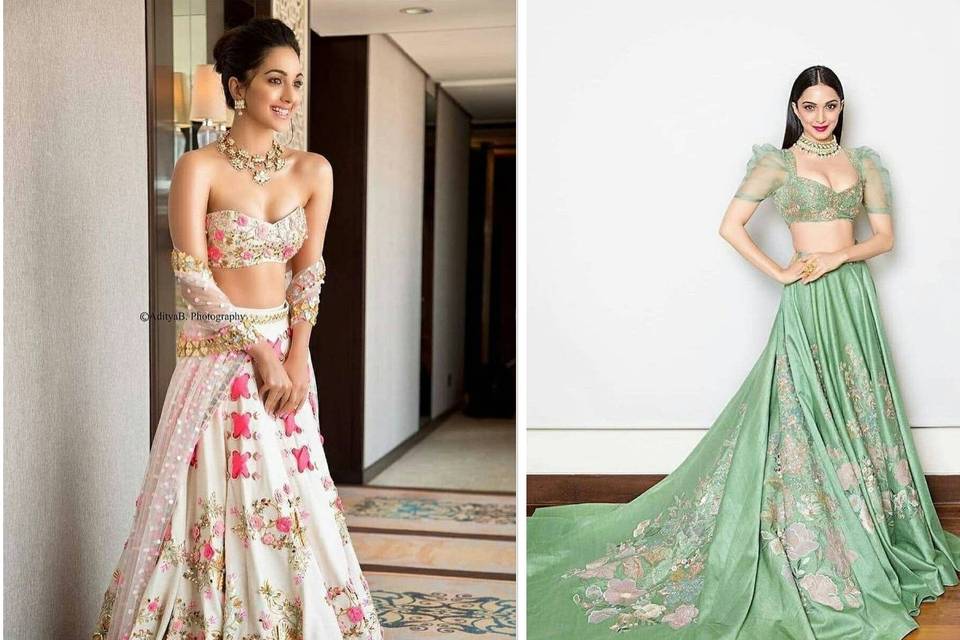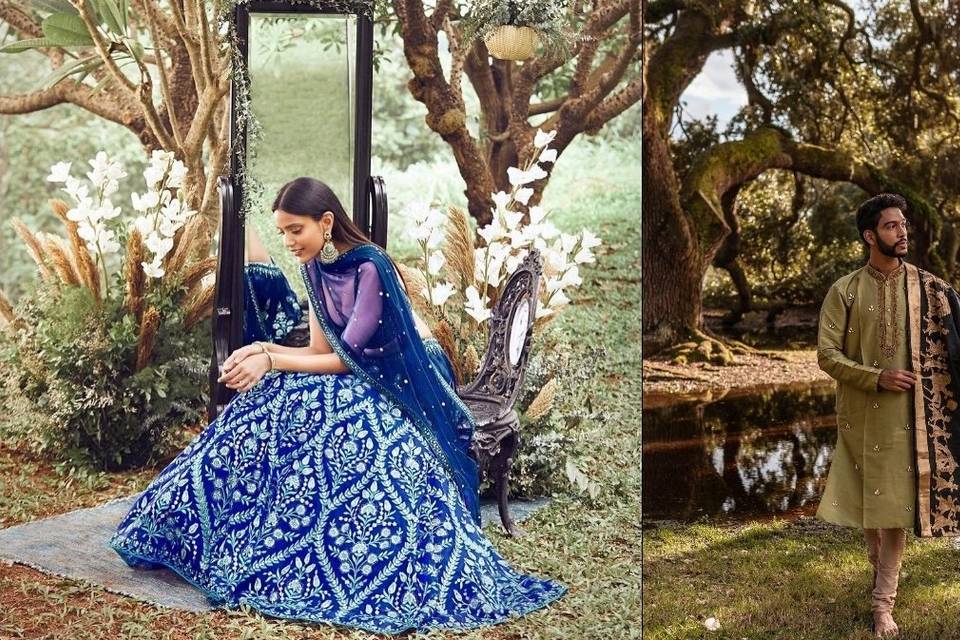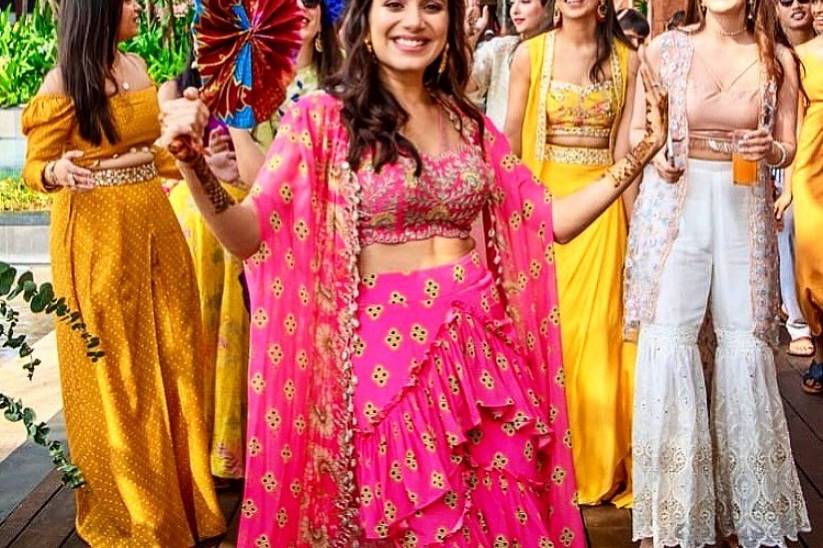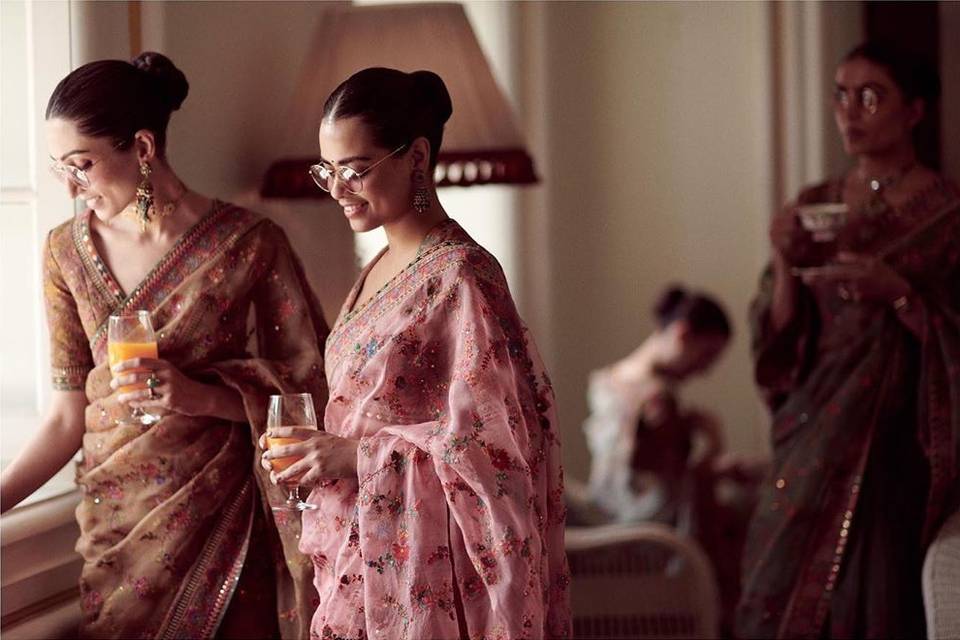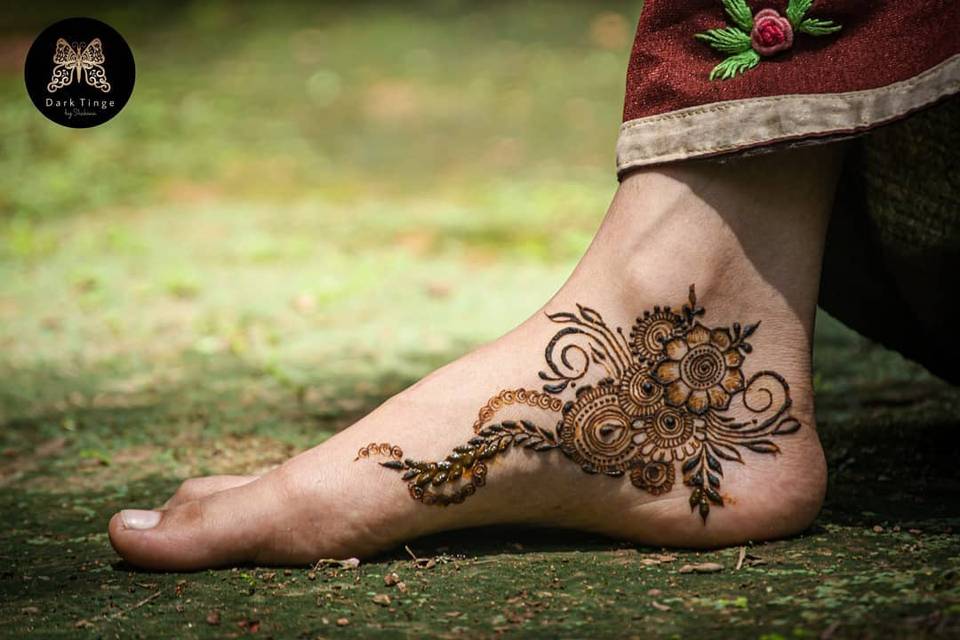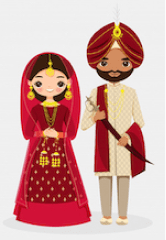A Kerala Dress Guide for Every Attendee of the Regional Wedding Ceremony
Decoding the Kerala dress code for all the attendees of the traditional Kerala weddings of the state for you.
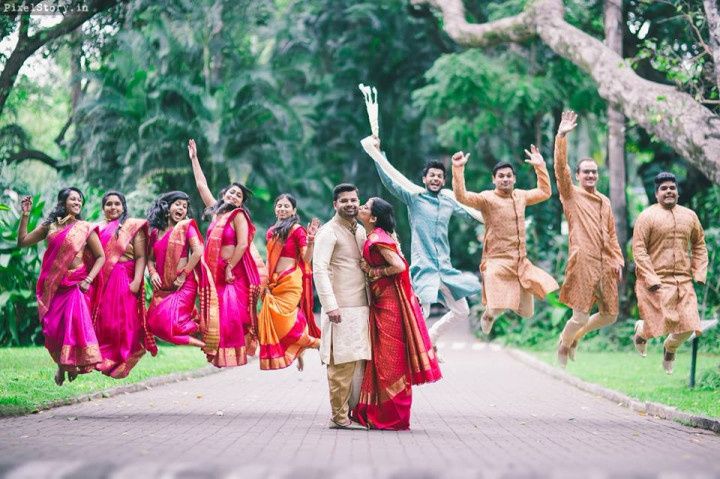

Wedding traditions in different regions of India are diverse in their customs, cultures and colours. Kerala is no exception! Just like any other Hindu wedding of an Indian terrain, Kerala's very own version too comprises of common rituals and traditions apart from some regional add-ons defining their uniqueness. These rituals consist of the tradition of tying the Thaali, gifting (giving away) of clothes, the very emotional Kanyadanam and the concluding event of drinking sweet milk to finalise the marriage vows. What’s the richest and most diverse part of an Indian wedding is the dressing-up tradition. Documenting numerous Kerala weddings and attaining knowledge from the locals, we present to you a breakdown of who-wears-what in a Kerala wedding.
Right from the bride’s wedding trousseau, the groom’s traditional attire to the dress codes of bridesmaids, groomsmen, extended families and friends; we have got it all covered. Read on!
1. For The Bride
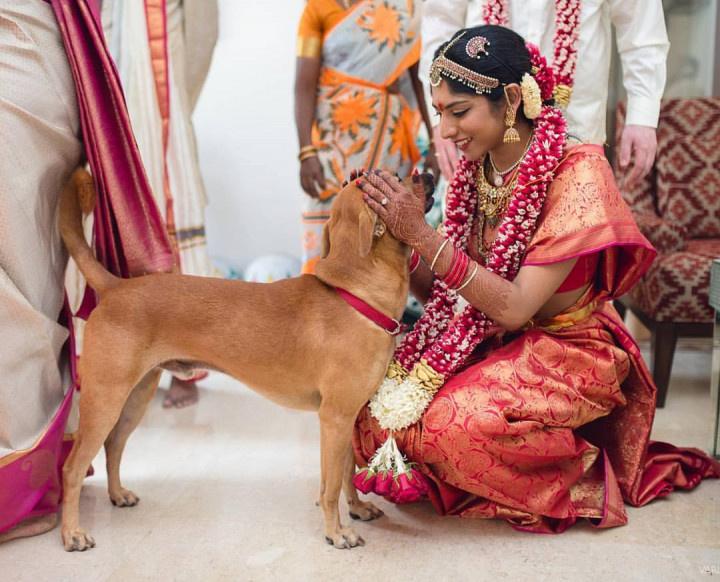
Gold is considered as the metal of the gods, hence, it is considered vital in all wedding traditions, especially the wedding look of the bride-to-be. Kerala dress code for the bride consists of the famous Kasavu saree which is an all plain-white saree with golden border. Kasavu saree is considered as the most auspicious form of Kerala dress that woman also wear for special occasions apart from adorning it on every Hindu new year. The Kasavu saree was originally known as 'Mundum Neryathum', with its origin dating back to the Buddhist era. This saree is traditionally worn in Tissue cotton fabric but the brides-to-be of now have become fond of wearing the silk version of Kasavu saree more than the cotton one. And with the often changing traditions, brides-to-be have modified a traditional Kasavu saree, illuminating from the stark-white to a mellowed-down red or a leafy-green colour scheme with golden kara as the wedding trousseau.
Maintaining the intensive inclusion of gold in wedding ceremonies, the bride is styled adorning gold from top to bottom. The Kerala bride wears layers of different length gold necklaces in pure gold, apart from the Maang Tikka, waistband, sets of bangles, anklets and earrings. Among the jewels, Kasu Mala is the most famous style of necklace, consisting of gold coins attached to each other in a loop. But possibly the most important piece of jewellery for a bride-to-be is the Mangalsutra that the groom ties around her neck, officially declaring their marriage alliance.
Do’s - Including gold in your wedding trousseau is a must. You can match gold jewellery with diamond jewellery for the perfect harmony.
Don’ts - Experimentation with hairstyles don’t go well with the traditional Kasavu saree. A neat bun or braid complimented with Maang Tikka is what truly defines a Kerala bride.
2. For The Groom
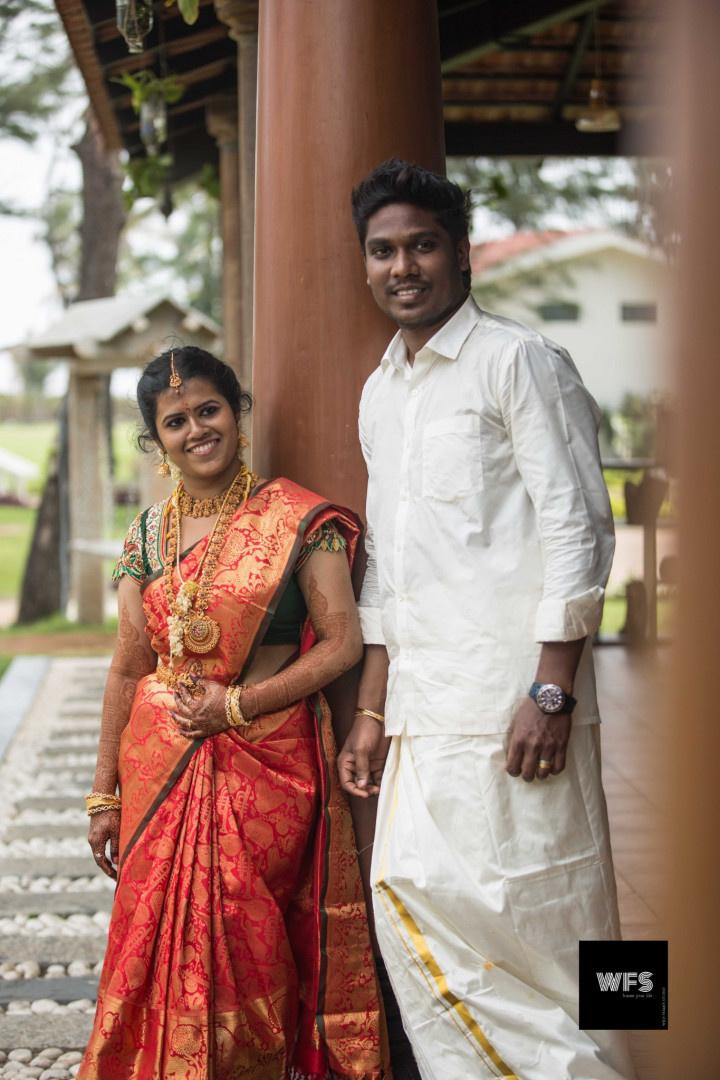
The groom is given a choice of wearing the traditional Mundu with a shirt, kurta or remain bare-chested with just a Melmundu worn around the shoulder to complete the look. Just like the female Kasavu style of saree, a Mundu is worn in tissue cotton fabric. Keeping up with the auspiciousness of gold, a Mundu too is the groom’s Kerala dress consisting of golden border known as Kara with a scope of experimenting with the borderline design, apart from the pleating style.
peaking of the pleating style, this wrap-around piece of garment demands neat pleats and wraps to look respectful, be comfortable and yet look stylish for all the wedding ceremonies and photographs and videos. Special attention is given to the placement of kara in vertical dressing style. Traditionally the Mundu is wrapped in a manner that the kara comes in a neat vertical line to the right, although now the grooms are open to experimentation with styling it on the left side as well.
Do’s - Pick among Melmundu, shirt or a kurta that goes with your personal style and keeps you comfortable for long wedding rituals.
Don’ts - The mundu shouldn’t be styled folded, above the knees, as it is considered disrespectful to women and the elderly.
3. For The Bridesmaids

Just like a Christian Kerala wedding, for a Hindu ceremony too, the bridesmaids consider matching their attires with each other. Since the bride is required to wear a traditional saree for the wedding, often bridesmaids too follow the path and drape a Kasavu saree with minimal gold borderline. What defines their dress code as being unique is the type of blouse they adorn with the saree. Each bridesmaid picking up her favourite solid colour, the blouses are stitched in the same pattern and style for all bridesmaids with only the difference of blouse colour they individually pick for themselves.
If the bride decides to adorn the traditional white Kasavu saree, then the brides now get to pick a red Kasavu instead to compliment the bride’s look. But if the bride decides to wear a red Kasavu saree instead, then the brides can contrast her look by adorning the tissue cotton white/off-white saree instead. Gold jewellery set consisting of bangles, necklace and earrings along with a neat hairstyle and a jasmine Gajra are what accessorisation for bridesmaids consists of.
Do’s - Get nude or dewy makeup done to go naturally with your traditional bridesmaid saree.
Don’ts - Overdoing gold jewellery to match your saree is a big no-no, as well as is wearing a saree with sequins or heavy zari work for the occasion.
3. For The Groomsmen

Not all groomsmen are acquainted with the Mundu wearing tradition in a Kerala wedding, hence their Kerala dress is often laid back and comfortable than that of the groom. Being respectful, the groomsmen at times opt to wear a plain tissue cotton Mundu with a knee-length Kurta in either khadi-white or a red coloured Mundu as their wedding look. Just like the bridesmaids, the groomsmen also match their Kerala dresses to support and participate in the groom’s marriage ceremonies. Since Kerala weddings are a morning affair, the groomsmen adorn sunglasses as their style quotient along with a fine gold neck-chain to keep their swag quotient checked right.
Do’s - Give Mundu wrapping special attention and get it draped in a way that’s comfortable and won’t make you trip while you are being carefree, enjoying the wedding.
Don’ts - Wearing pants or denim to your brother’s wedding party will not be a good idea. Instead, have some fun experimenting with the Mundu and seek help to style is comfortably on you.
4. For The Parents
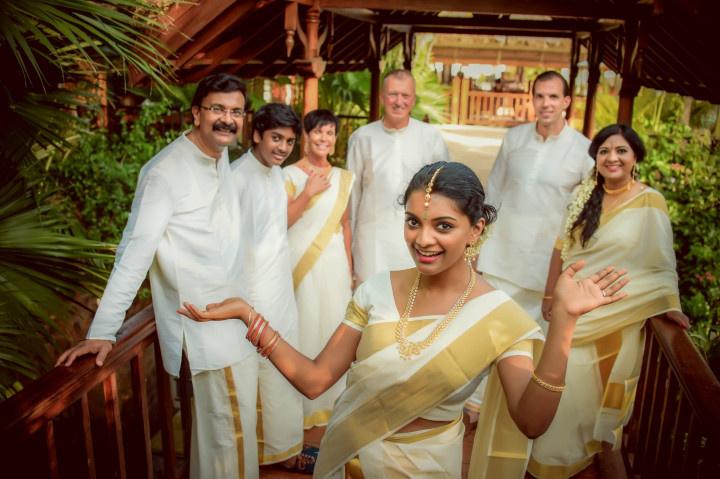
The parents of both sides of the family adorn sets of Mundu and Kasavu for the wedding function. Special attention is paid on both sides toward gold ornaments that are a symbol of their rich lifestyle and something that they take pride in showing off. For the mothers, layering of necklaces along with limited sets of bangles and minimal earrings keeps their motherly-statue justified. To be respectful, they keep their hair oiled and tied in a bun, adorned with the signature jasmine-Gajra wrapped around. The fathers, on the other hand, keep up with the centuries-old traditions by wearing Mundu with the Melmundu, with few of them experimenting with the kurtas and shirts alike.
Do’s - Adorn garments with rich Kara patterns to give your attire a unique look.
Don'ts - Overdo accessorisation, rather match it in a subtle manner with that of the bride and the groom.
5. For Kids
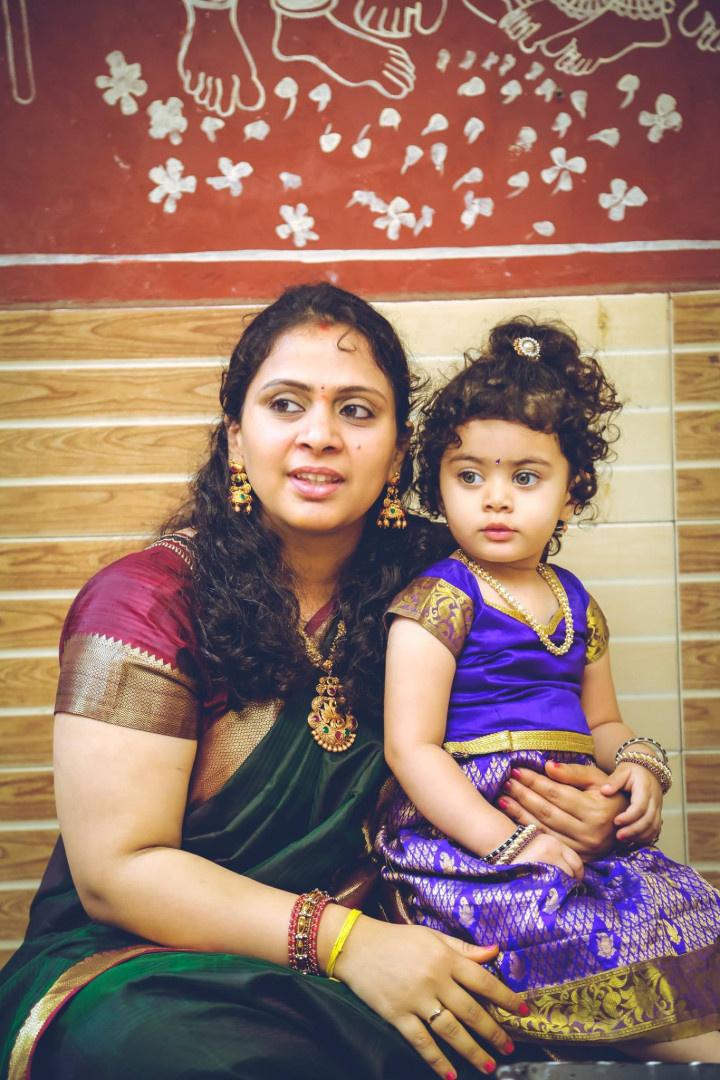
Kids being kids, they seek comfort and hassle-free wearability for every occasion, even if it means attending a traditional Kerala wedding. Kerala dress for young girls consists of either a lehenga set or a floor-length dress. Majorly focusing on the prints and delicate fabrics like net and silk, the girls love flaunting flowy silhouettes to attend their uncle and aunt’s wedding ceremony. As for the young boys, they have a choice of wearing a Tuxedo style three-piece suit, a simple kurta-dhoti set or a Sherwani set. For accessorization, the focus is on their footwear and occasionally do they get to wear a gold chain around their necks.
Do’s - The girls can adorn a single Gajra tucked to a side of their hair and the boys can get their upper-wear fitted to perfection for a dapper look.
Don’ts - Kidswear needs to be colourful but not overpowered with embellishments of any kind. Even with the auspiciousness of gold, the kidswear should include traces of gold, rather than encumbering them with layers of gold they don’t require.
Traditional Kerala dress codes are all about balancing the simplicity with the luminosity of gold. Keeping the look grounded with subtle experimentation guarantees getting praises from the wedding attendees with subtexts of being inspirational, effortlessly.
Are you a Kerala bride or bride-to-be? Tell us how do you plan on redefining Kerala dress traditions with inputs of your personal style in the comments below.

